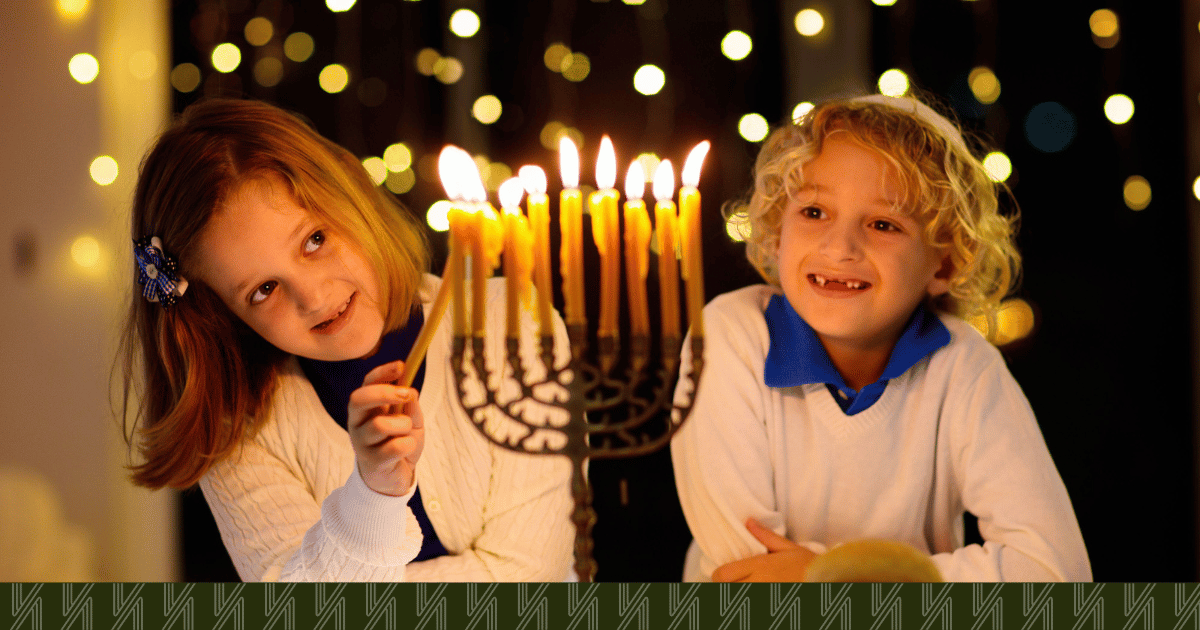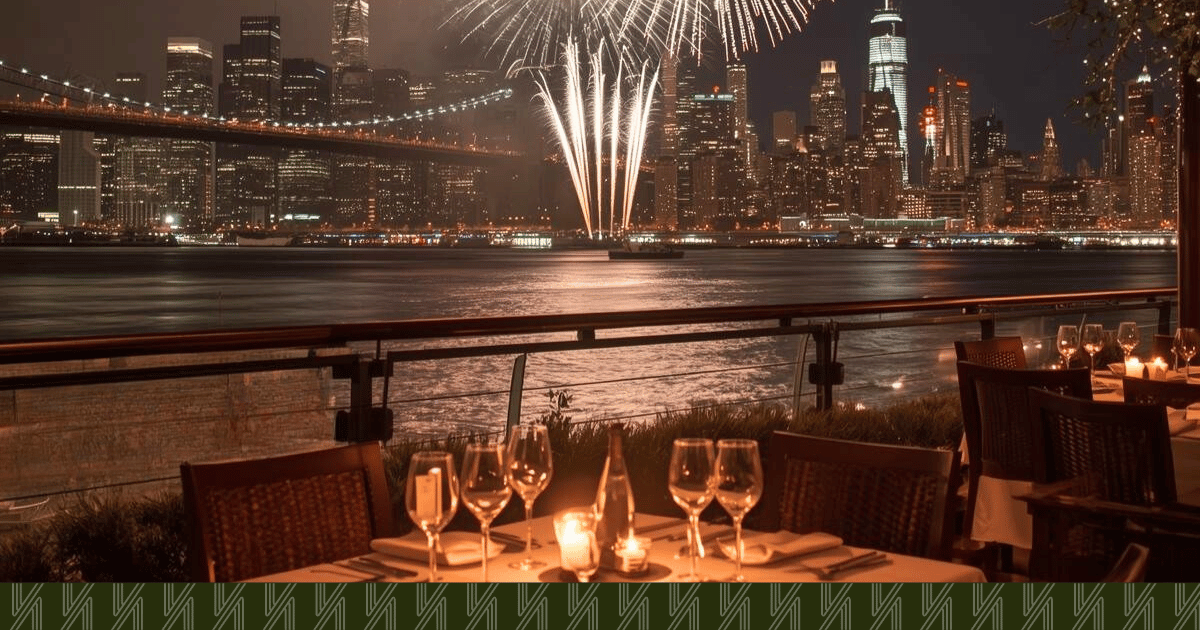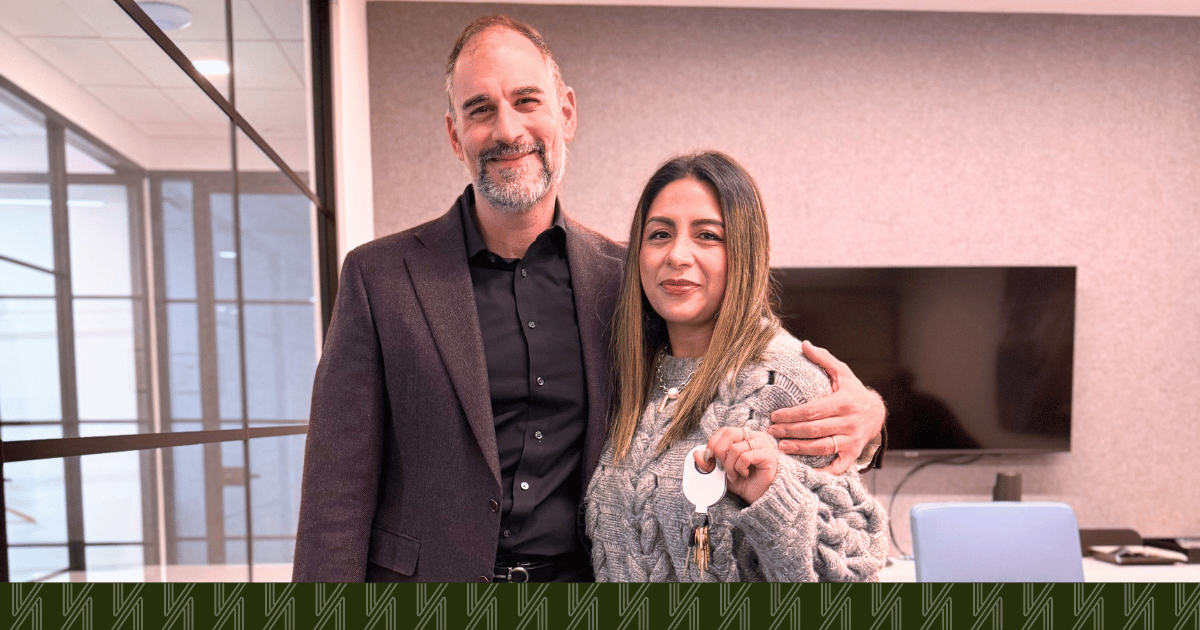Schools In The Area
Browse local schools, complete with ratings and contact info.
P.S. 102 Bayview School
718-446-3308
Public
KG-5
Central Queens Academy Charter School
718-271-6200
Public
5-8
Forte Preparatory Academy Charter School
929-666-4430
Public
5-8
Civic Leadership Academy
718-271-1487
Public
9-12
P.S. 102 Bayview School
718-446-3308
Public
KG-5
P.S. 7 Louis Simeone School
718-446-2726
Public
PK-3
P.S. 13 Clement C. Moore School
718-271-1021
Public
KG-5
P.S. 89 Elmhurst School
718-898-2230
Public
KG-5
St Adalbert Elementary School
718-424-2376
Private
PK-8
St Bartholomew Catholic Academy
718-446-7575
Private
KG-8
Jewish Institute of Queens-Elementary
718-426-9369
Private
PK-12
Central Queens Academy Charter School
718-271-6200
Public
5-8
Forte Preparatory Academy Charter School
929-666-4430
Public
5-8
P.S. 102 Bayview School
718-446-3308
Public
KG-5
P.S. 7 Louis Simeone School
718-446-2726
Public
PK-3
I.S. 5 The Walter Crowley Intermediate School
718-205-6788
Public
6-8
P.S. 13 Clement C. Moore School
718-271-1021
Public
KG-5
P.S. 89 Elmhurst School
718-898-2230
Public
KG-5
St Adalbert Elementary School
718-424-2376
Private
PK-8
The 51 Avenue Academy (The Path To Academic Excellence)
Telephone N/A
Public
4-5
Jewish Institute of Queens-Elementary
718-426-9369
Private
PK-12
St Bartholomew Catholic Academy
718-446-7575
Private
KG-8
Central Queens Academy Charter School
718-271-6200
Public
5-8
Forte Preparatory Academy Charter School
929-666-4430
Public
5-8
I.S. 5 The Walter Crowley Intermediate School
718-205-6788
Public
6-8
St Bartholomew Catholic Academy
718-446-7575
Private
KG-8
St Adalbert Elementary School
718-424-2376
Private
PK-8
Jewish Institute of Queens-Elementary
718-426-9369
Private
PK-12
Civic Leadership Academy
718-271-1487
Public
9-12
Pan American International High School
718-271-3602
Public
9-12
Voyages Preparatory
718-271-7851
Public
9-12
Newton High School
718-595-8400
Public
9-12
International High School for Health Sciences
718-595-8600
Public
9-12
Jewish Institute of Queens-Elementary
718-426-9369
Private
PK-12
Cathedral Preparatory School and Seminary
718-592-6800
Private
9-12
John F Kennedy Jr School
718-760-1083
Public
9-12



